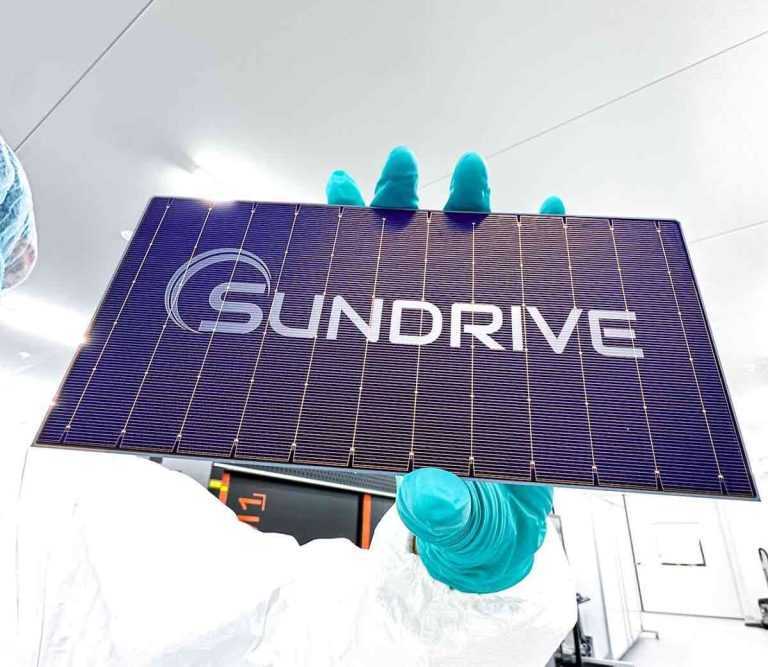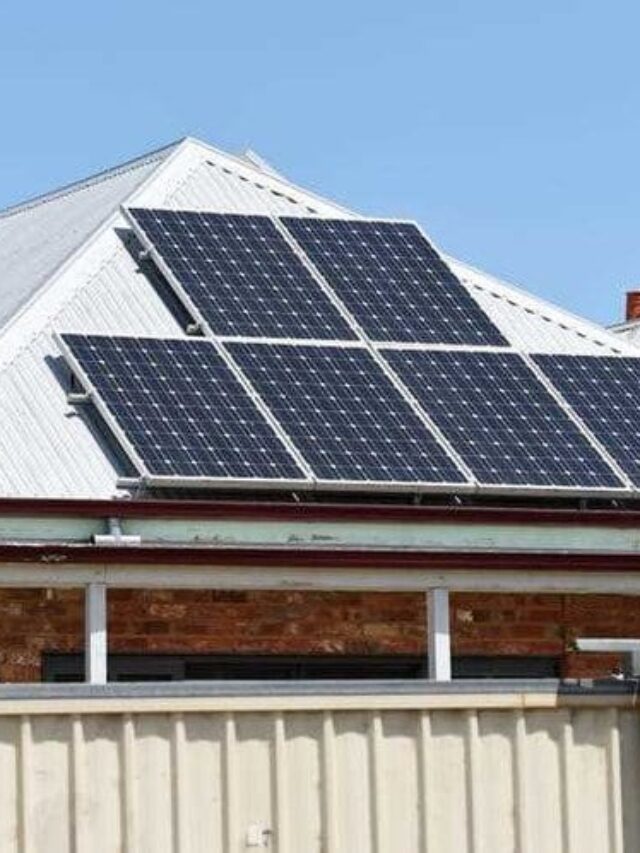Engie Rethinks Solar Project Location for Energy Hub in NSW
French energy company Engie has decided to withdraw its application for a significant solar farm as it explores alternative locations for a vast renewable energy hub in south-west New South Wales (NSW). This hub, which aims to integrate wind, solar, and battery storage, has encountered difficulties in securing grid access.
Engie is working on developing The Plains renewable energy hub near Hay, which is projected to have a capacity of up to 1,900 megawatts (MW). The project includes plans for 188 wind turbines and 900,000 solar panels, alongside battery storage solutions. However, the current limitations in the newly established south-west renewable energy zone have hindered progress, as it has only allocated access rights for 3.5 gigawatts (GW) of capacity, a mere fraction of the nearly 19 GW that had been proposed for this promising wind and solar region.
Withdrawal of Environmental Approval Application
This week, Engie announced its withdrawal of the EPBC application for federal environmental approval concerning the proposed 400 MW solar component and the associated 400 MW, 1600 MWh battery. A spokesperson for Engie clarified to Renew Economy that the solar farm project has not been scrapped; rather, the company is re-evaluating the layout and location within the hub and will need to resubmit its application for environmental approvals.
“Engie identified a more optimised location for the solar farm portion of The Plains Renewable Energy Park project, necessitating the withdrawal of the NSW State Significant Development Application and EPBC application, followed by a new application for the revised site,” the spokesperson explained.
Exploring New Solutions for Grid Connection
This decision is part of a larger reassessment of the project, which currently lacks a clear path for grid connection. Nevertheless, there is optimism that a viable solution can be identified. Among the strategies being considered are previously mentioned proposals to attract large energy consumers, such as data centres, to the area. This would help alleviate the demand for new transmission capacity and potentially lead to the establishment of a new System Integrity Protection Scheme (SIPS) for the zone.
The SIPS initiative would involve the installation of large batteries, enabling the zone to accommodate increased capacity. This concept is akin to the new Waratah Super Battery, which functions as a massive shock absorber, facilitating greater capacity on the transmission lines that serve major load centres in Sydney, Newcastle, and Wollongong.
Scott de Keizer, head of development, stated in an email, “We are continuing to explore alternative grid connection options and are progressing a development application to the Department of Planning, Housing and Infrastructure. Australia’s grid requires solutions to enhance the amount of transmission being constructed to deliver renewables to market. It also necessitates innovative, market-driven solutions to maximise the existing infrastructure, potentially including the SIPS battery scheme, to attract investment and meet customer demand.”
Engie is committed to discussing these solutions and aims to bring further development and advantages to Hay and the Riverina region of NSW through its Plains Renewable Energy Park Project, which benefits from robust renewable energy resources and community backing.
Concerns Over Transmission Capacity
There is a growing consensus that the transmission plans for the south-west renewable energy zone have been inadequately developed, with some attributing this to miscalculations regarding the potential capacity factors for wind projects in the region. Consequently, the new Project EnergyConnect, which links South Australia and NSW and serves as the backbone for the new zone, features only 330 kV lines, whereas 500 kV lines could have significantly increased capacity.
Ultimately, only four projects were granted grid access rights within the renewable energy zone. Origin Energy’s 1.45 GW Yanco Delta wind farm received rights for its full capacity, while three other projects—Dinawan, Pottinger, and Bullawah—had to significantly scale back their plans due to the limitations imposed by the grid.
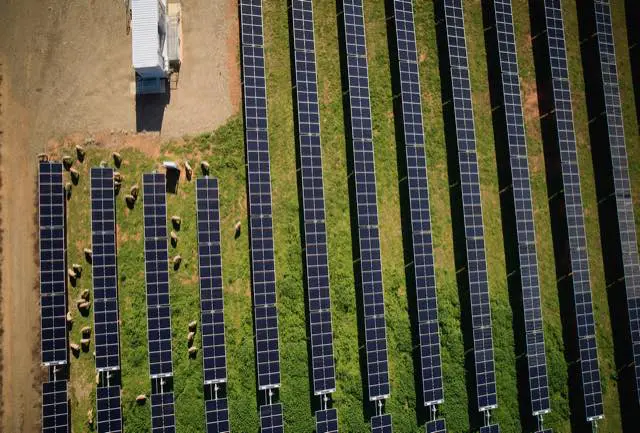
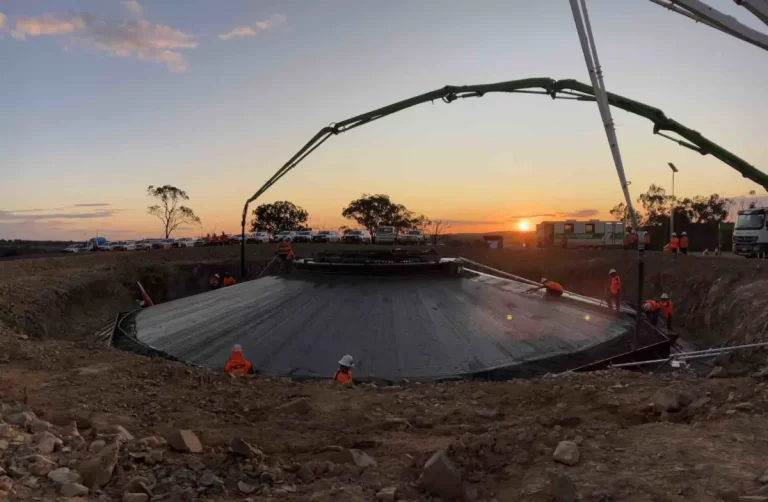
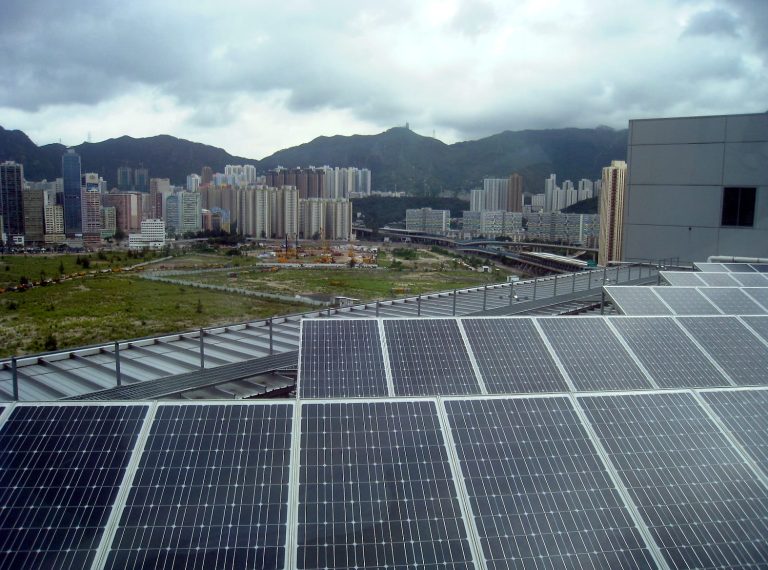
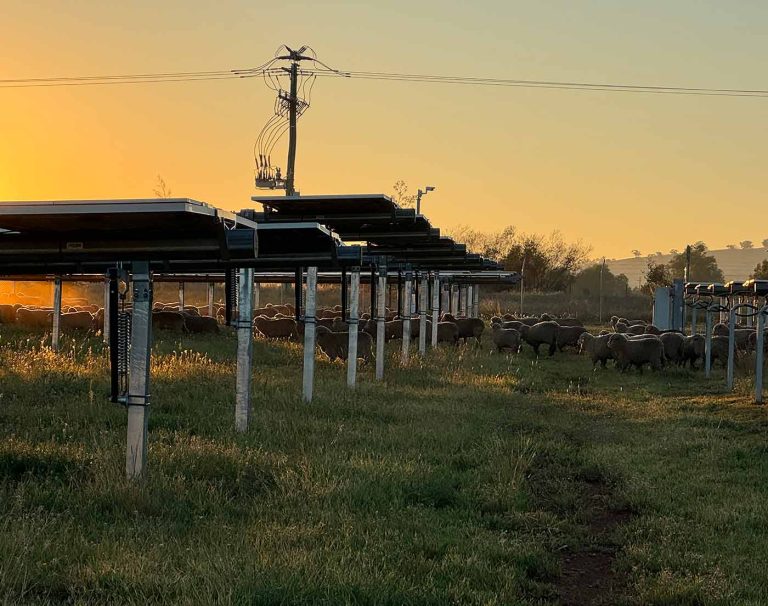
7-768x459.jpg)
